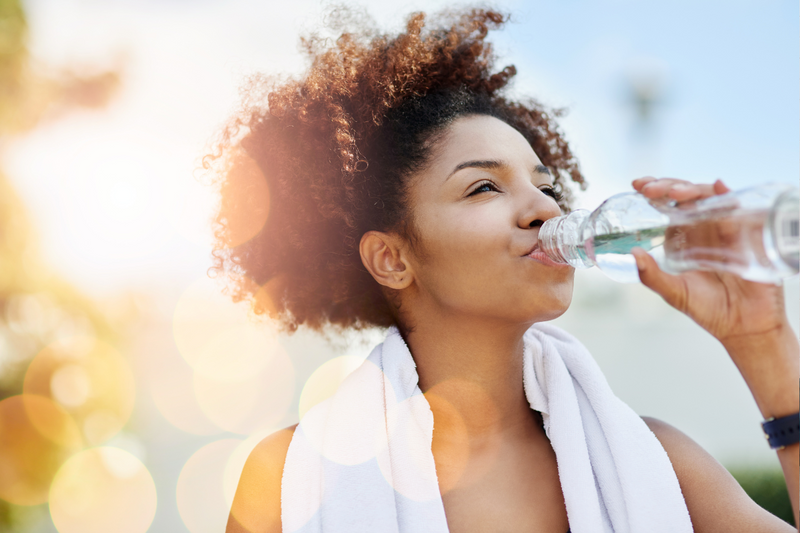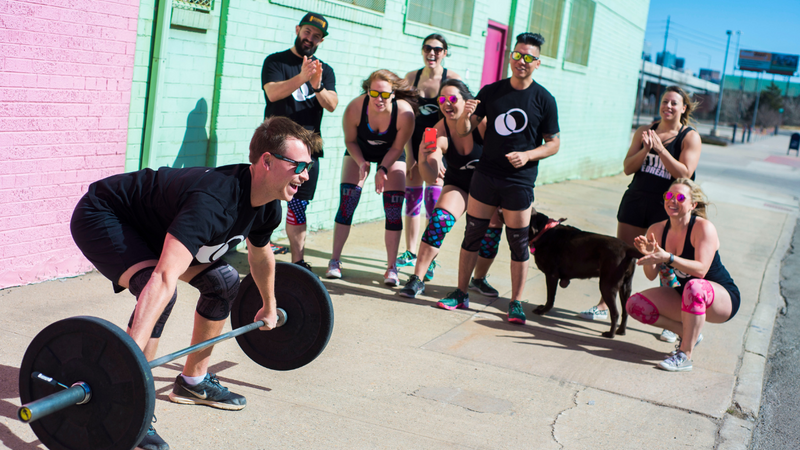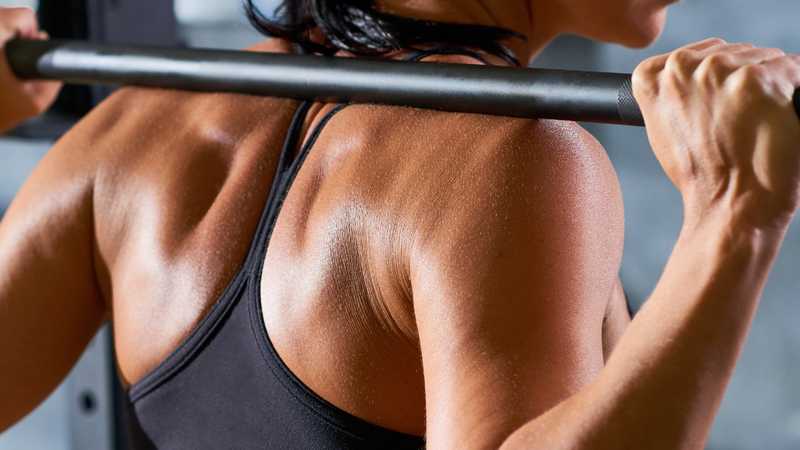by SHABANA WAHEED
Hey guess what?
Not every workout should leave you feeling sore. It's a common misconception that you have to feel sore in order to know you had a good workout.
In fact, if you are chasing that feeling for every single workout, you might be over working your body. Soreness is a result of small tears in your muscle fibers after a workout.
This is what we call delayed onset muscle soreness or DOMS for short. The real soreness from a workout usually doesn’t hit until 24-48 hours post workout.

We have all been here; not being able to sit down in the bathroom is super fun times, ha ha ha! Although, the soreness is an indicator of a hard workout, it is not necessarily an indicator of a good one. Consistently leaving your body a sore, hot mess is a good way to end up with an injury, leaving your body over-trained and burnt out.
None of that sounds fun to me!
Don’t let the gym homie that is there every day and night convince you that you need to be there every day or that you need to be sore every day.
They are wrong.
So, when should you typically be sore from a workout?
Each time you change up your routine, such as an increase in training frequency, load, or intensity; or reduction in recovery time, you’ll probably experience some degree of muscle soreness.

This is completely normal.
As your body adapts to your new training routine, you’ll have less soreness and stronger muscles.
Think progressive overload. This is where you find the sweet spot. Putting it simply, Progressive overload is when you gradually increase the weight, frequency, or number of repetitions in your strength training routine.
What should you do to help get you through that muscle soreness stage?
- Water - Lots and lots of water. This should come as no surprise and really, you should just be drinking water anyway but keep drinking your water post workout to help keep your body hydrated as your torn muscles heal themselves.
- Self-myofascial release or Foam Rolling - yes, get down on the ground and roll it out. Don’t know how to use those foam rollers? Get on the google machine and google away or ask a trainer at the gym to show you. It is well worth it and is very beneficial in keeping joint range of motion, muscle relaxation, improve neuromuscular efficiency just to name a few.
- Walk/active cool down - I know, no one wants to do a workout after their workout but hey, it’s extra cardio.
- Heating pad/ice pack/anti inflammatory meds - these are self explanatory but only use meds as directed by your doctor.
- REST - and I cannot stress this enough- please get a rest day in between working out that body part again. Sometimes you may need an extra day, too. Please take it. Resting is just as important. I know we live in a society that values productivity over anything else but resting your body is vital to the progress of your well being. Don’t feel guilty for taking a rest day or 2-3. They are absolutely necessary.
Other ways to recovery could also include Yoga, or stretch recovery. YouTube has some awesome options but RomWOD also offers meditation style yoga for some rad active recovery for athletes.
Even if you do all these things and wake up sore still, it's ok, as long as you don't have an injury. Luckily, when you move the next day, even if you don't want to, your soreness and stiffness will improve with exercising again the next day.
If you have any questions or you would like to be a guest blogger, please email us at hello@liftingthedream.com
What do you do for Active Recovery? Let us know in the comments below!

|
Shabana is a trauma informed NASM certified personal trainer working on her nutrition coach certification and senior fitness specialization. She enjoys breaking industry standards with her inclusive fitness approach and believes that all bodies are good bodies. Her goal is to make fitness accessible, inclusive and welcoming to all people regardless of weight, size, shape, or ability. |





0 comments